 It may sound counterintuitive: You want to train your staff to improve in a particular aspect of food safety, so why not drill down on that problem so you can address it? According to a recent podcast interview with Tia Glave and Jill Stuber, cofounders of the consulting firm Catalyst, you get a lot farther by building interpersonal connections first. In their work with food safety leaders, Glave and Stuber recommend focusing on three P’s – who their employees are personally, who they are professionally, and what their priorities are. When your staff feels like you are invested in those dimensions of their lives, they tend to be far more open about information they are collecting on the job – details that can help you identify food safety issues and understand personality traits that may be posing problems on the team. From there, you have a better chance of identifying how best to present lessons to the team, helping them understand why they are important, and motivating them to improve.  In the past few years, food safety has taken on elevated importance in restaurant kitchens. But efforts to comply with new regulations and guest expectations may make it easier to overlook other kitchen hazards that can have a significant impact on the health of a business. Specifically, some of the top risks to restaurant staff are slips, trips and falls due to slippery walking surfaces or obstructions, or cuts and burns from kitchen equipment. At a time when restaurant labor is precious and no operator can afford to lose a good employee to injury, make sure your staff receives the training and ongoing reminders they need to minimize these risks.  Restaurants tend to have one day, perhaps even more, when food safety issues are most likely to occur for them. According to a recent webinar from Steritech and the National Restaurant Association, often that day is Sunday – worryingly, a day when it’s common for people to eat out at restaurants – but for your restaurant, it might be any day that your general manager is at an offsite meeting or on vacation. The variance between worst days the better days can be as high as 30 percent, according to research cited by Chris Boyles Steritech, so there are clear opportunities for restaurants to make improvements through corrective action. If you don’t know your restaurant’s riskiest day of the week when it comes to food safety, investigate it so you can identify the root causes of the risks you’re seeing on those days. Who is on staff? Who is not? Then prioritize your biggest risks and the ones you’re seeing the most frequently. 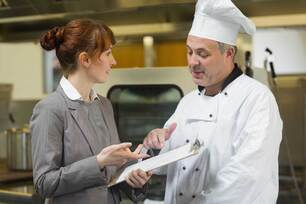 When a general manager is asked who on their team is responsible for food safety, a common answer is “everyone.” On the surface, that answer makes sense – protecting food safety should be everyone’s job. But it can end up meaning that no one is responsible, with everyone assuming someone else on the team knows the right way to clean a piece of equipment or complete any number of important food safety tasks. An FDA study found that there are more than 60 percent fewer critical issues when the person in charge could describe the operation’s food safety management system. The system should include specific procedures, training and monitoring of how staff are carrying out procedures – and for any critical procedures, the food safety management system should identify the specific people responsible, as well as where they can find additional information if they need help. Does your food safety management system have that degree of clarity? If not, your team members may be assuming that someone else has an important responsibility covered. 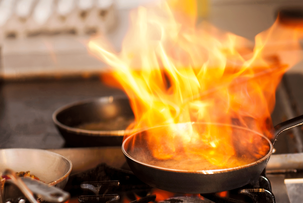 At a time when your restaurant may be using more heaters, both indoors and outdoors, to make your spaces more comfortable and accessible regardless of the weather, it’s important to give your equipment and staff a fire safety check-up. The risk of fire increases in the winter months – and some of the newer or temporary structures you may be heating can present an additional risk to your restaurant if heaters aren’t used properly. In addition to maintaining indoor appliances that can pose fire safety hazards, like your vent hood, now is a good time to deliver updated fire safety training to your staff and make sure your fire extinguishers are in good working order.  Like most restaurant tasks these days, the hazards in and around your kitchen can be digitally monitored and managed. If you’re struggling with staff absence due to injury – especially on a repeated basis – it may benefit you to collect data that can tell a story about what needs to change. As a recent QSR Magazine report explains, health care management software can help an operator track how much time someone spends on dangerous or unhealthy tasks. It can also compile information that feeds into reports on dangerous situations and help an operator identify trends that could harm staff and, by extension, the business.  As the cooler months approach and your staff comes to work in bulkier clothing and footwear to protect against the elements, these items may introduce contamination or pose safety risks to your food preparation and serving areas. According to Steritech, this is among the top 10 food safety challenges in foodservice operations. To minimize your risk, make sure you have a separate area for your staff to stow coats, bags and other gear – and that this area is regularly cleaned out and inspected for potential contaminants, as well as for risks for slips, trips and falls. 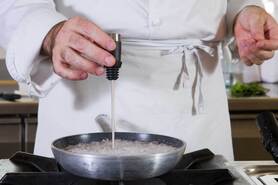 Does it actually reflect the team you currently have and the functions it serves? In a recent food safety webinar for foodservice professionals, the majority of attendees surveyed said that while they have a food safety plan, their plan doesn’t flex based on who at the company is involved and what their functions are. At a time when responsibilities are shifting and you’re likely having to complete more tasks with fewer people, it’s important to view your food safety plan through that lens. Where do you need to make adjustments to your team’s responsibilities to ensure you’re not letting food safety slip?  It's unlikely that anyone on your team comes to work looking to do something wrong. But mistakes happen, and when they occur because staff assume they know how to complete a task but aren’t doing it correctly, it can be difficult to get them to adjust. One example is handwashing – even though it might seem like common sense, it’s often done inadequately and the consequences to your food safety can be significant. You can reinforce a learning culture by starting with the assumption that no one knows the proper protocols for what they’re about to be taught. Have regular reviews of what your team needs to know, identify key food safety metrics to reach, and clarify that assessments of their performance will be tied to these metrics. Bring in some targeted coaching to help reinforce areas where metrics aren’t measuring up. 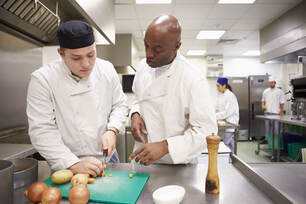 More than one-third of work-related injuries happen during people’s first year on the job — and the most insurance claims from first-year workers (53 percent) come from the restaurant industry. That’s according to the 2022 Injury Impact Report from Travelers, which examined 1.5 million workers’ compensation claims over a four-year period. Keep this in mind as you onboard and train new staff, particularly as other important concerns like Covid regulations, food safety and staffing vie for attention in restaurant kitchens. At a time when so many restaurants are stretched for resources, ensure you at least take stock of what basic knowledge and support people need to prevent injury before they begin work. |
subscribe to our newsletterArchives
April 2024
Categories
All
|


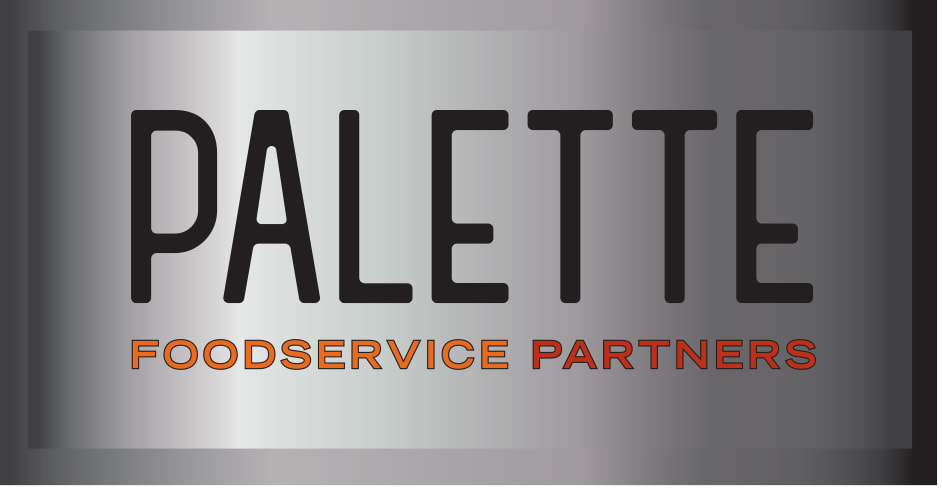
 RSS Feed
RSS Feed